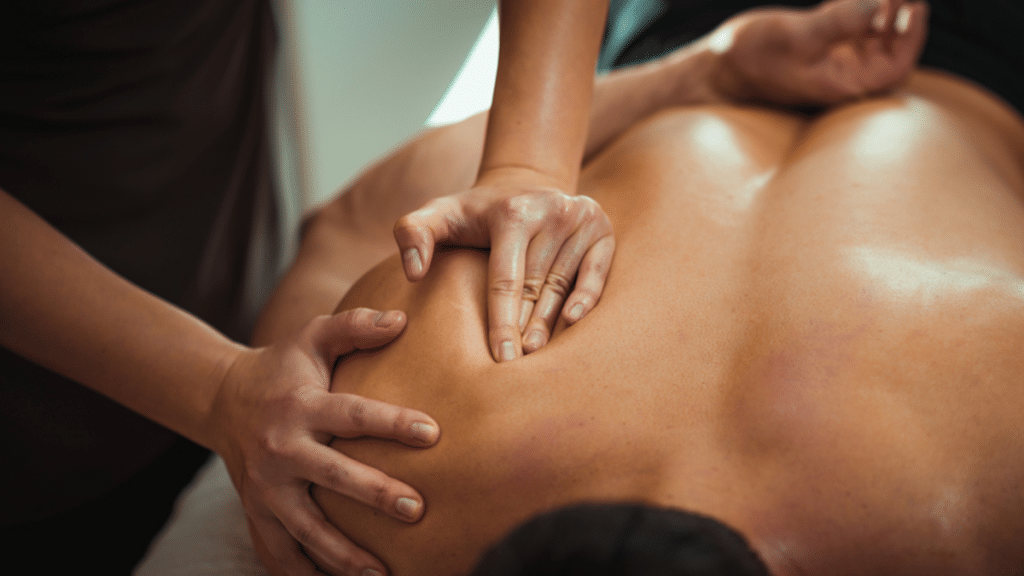In the relentless world of sports, where every fraction of a second matters and every movement is measured, athletes are constantly in search of a competitive edge. Training harder or longer is no longer the answer—training smarter is. And one of the most effective, often underestimated tools in that smarter strategy is sports massage therapy.
This isn’t your average massage. Sports massage is a highly specialised treatment designed to help the body perform at its best and recover more efficiently. It combines deep tissue techniques, assisted stretching, and precise muscular manipulation to target the wear and tear that physical activity inevitably brings. Whether you’re sprinting on the track, lifting heavy in the gym, or simply clocking miles on the weekend, your muscles are under constant stress. Sports massage helps keep that system finely tuned.
I’ve spoken to athletes from all walks of life—triathletes, boxers, professional dancers—and the one thing they consistently mention? Massage isn’t just something they do when they’re injured. It’s what keeps them from getting injured in the first place.
“One session a week keeps me moving pain-free,” says Leila, a 42-year-old marathoner who discovered sports massage after years of chronic hamstring tightness. “I used to spend months on the sidelines. Now I barely miss a day.”
What makes sports massage different from a typical relaxation massage is its focus. It’s less about comfort and more about correction. Therapists use techniques that dig deeper into muscle fibres, break up scar tissue, increase blood flow, and improve range of motion. The results can be immediate—relief from soreness, improved posture, or greater mobility—but the long-term benefits are where it really shines.
Recovery is the cornerstone of progress in sport. Muscles don’t grow or get faster during training; they do it afterwards, during rest. But poor recovery can derail everything. Delayed onset muscle soreness (DOMS), tightness, or stiffness can stall progress or even lead to injury. Regular massage supports the recovery process, helping the body bounce back faster and more efficiently.
There’s also a powerful mental element. During massage, cortisol levels drop and the parasympathetic nervous system takes over. This shift encourages deep relaxation and stress release—vital for athletes living with the constant pressure to perform. I’ve personally found that post-massage clarity is not just physical; it resets my mind, helps me refocus, and boosts my confidence.
And while the word “sports” might make it sound exclusive to professionals, the reality is: anyone who moves their body can benefit. Office workers dealing with tech-neck, weekend cyclists, even busy parents with aching backs—sports massage offers something for everyone.
As we continue to push human limits—training harder, living faster—sports massage therapy reminds us of something vital: progress isn’t just about doing more. It’s about recovering better.
